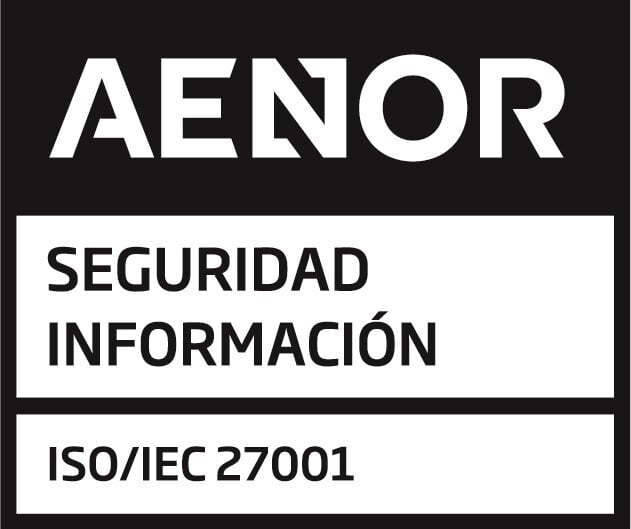What are the main KPIs for renewable energy management you use for power measuring performance? Every asset manager asks difficult questions. How will I know if the asset is performing according to plan? Am I achieving my targets? As much as these questions do not have a simple answer, special metrics are helping many companies face the present and future with confidence.
The most successful asset managers use hard numbers when making decisions to optimize the performance of renewable energy assets. They use key performance indicator (KPI) energy management to quantify the performance of their renewable energy portfolios and consequently make smarter decisions.
We’ll look at several KPIs, but first, what makes them so useful
Relevance of Accurate Measurements
Whenever a client demonstrates interest in KPI energy management support, we immediately know they are serious about changing and impacting positively. In the absence of metrics, you may have good intentions and actions, but they may all amount to nothing.
Here are some quick things to note about KPIs:
- They are not random figures. They try to demonstrate something tactical that your renewable energy company is trying to achieve
- Proper communication of KPIs is necessary
- Effective KPIs are dynamic
- These metrics should be contextual i.e. they need to answer the “Why measure?” question
The KPI energy management is an effective strategy for benchmarking and comparison. It is a way to identify not only the best-performing assets but also the struggling ones. Accurate KPIs for RE management can help you avoid risks and discover good investment opportunities.
Some Important Metrics
There is no definite number of KPIs because every industry is unique. In the renewable energy industry, identifiable metrics include:
1. Plant Availability – PA
This KPI represents the percentage of time a plant is able to operate. For a wind farm with 97% availability, it means that only 3% of its time is off for maintenance or downtime.. Comparing the PA for different renewable plants can help identify faulty equipment, downtime of the grid connection, etc
2. Performance Ratio – PR
Equally essential is the PR, a parameter that compares the actual production with the theoretical production of a renewable energy plant during a reference period. Deviations in performance ratio can reveal the losses caused by the different equipment plant. PR considers the availability of the grid, the minimum level of irradiation needed to generate electrical energy, and irradiation levels at a given period. This enables investors and operators to compare different plants based purely on the performance factor of the plant and on an even scale.
3. Return on Investment – ROI
This metric is also straightforward; it compares the net profit and the initial investment of a renewable energy project. The ROI is probably most popular for determining the viability of a project during its pre-development stage. Investors can use it to choose whether to continue with the project or abandon it. The ROI is also applicable for running projects, especially where comparison is the goal. Investors and operators need to check this ratio periodically to ensure that their project is still profitable.
4. Net Present Value – NPV
When a RE investor wants to analyze the profitability of a project, they can use this metric. NPV is the result of calculations used to find today’s value of a future stream of payments. To get the NPV, simply add the discounted future cash flows for the investment’s lifetime, and then subtract the initial investment cost.
Actionable Data Insights
To be able to make informed decisions about your renewable energy assets, you must have control of all data. While collecting and analyzing renewable energy data from different sources is a difficult task, this is the secret for sound management decisions.
The QBI Solutions platform supports superior data management involving collection, standardization, and storage from as many sources as you can imagine. We consolidate data and then translate it into palatable and understandable reporting tools. The tools enhance better management decisions for the firm’s stakeholders depending on the asset reality.
For multiple source renewable energy assets, you can leverage software to improve outcomes. One of the energy management KPI examples is if your goal is to reduce operational costs by 50%, you can identify the main metrics, whether they are operations or people, and use apps or hardware to achieve the KPIs.
Operators of renewable energy assets can use KPI energy management to reduce operational costs. For instance, in a solar farm, tons of carbon, plant availability, and performance ratio can urge operators to swing into action. That action might involve the deployment of unmanned aerial vehicles (UAVs) for enhanced inspections.
Management at wind power facilities works similarly. If the power systems are highly intermittent, they need battery storage. Battery energy storage systems (BESS) alongside KPIs such as round-trip efficiency and availability can mean a lot for such an installation.
In Conclusion
The main KPIs for RE energy management vary significantly- we believe they should. That’s why we suggest you handle each of your assets differently, even when measuring the KPIs. Vince Lombardi once said, “The only place success comes before work is in the dictionary.”
The QBI Solutions platform can help you with advanced analytics that you can use to determine the performance of your renewable energy assets. In other words, we can support your strategy to optimize your assets for success. Compare different projects, analyze patterns, compare actuals and estimates, and benchmark your portfolios easily and from anywhere.
QBI Solutions platform will automatically monitor your main KPIs for renewable energy management.
If you are interested in the above and other renewable-related KPIs, our team is on standby to offer you support.
